Description
With audio connections between individual devices, the cable capacities play a key role. As the signal sources have very low levels and are rather sensitive to high cable capacities, audio cables are perfect candidates to air insulation using the Air Helix technology. For the Referenz NF-1204 Air, Inakustik have developed an entirely new and fully solderless RCA-connector design. It comprises several parts that are assembled only during the manufacture process. First, just like with the speaker cable, the highly-pure copper wires of the Cross Link Super Speed waveguide are mechanically stripped from their thin lacquer coating; then, the tellurium-copper connector pin is crimped onto the wire at a 1.5-t pressure. Another innovation is the shield bonding, which is hermetically sealed using a screw.
Key features
Air Helix structure
Extremely low capacities thanks to air dielectric
Cross Link Super Speed waveguide
Tellurium-copper connectors
Directly crimped connectors (1.5 T pressure
Technical Talk
For better understanding, lets dive into the technical details. It’s widely known that the dielectrics (i.e. the insulating material) of a capacitor plays an important role for the sound quality of hi-fi components and speakers, therefore our engineers always select all the parts with the greatest of care, even those incorporating the smallest amount of the dielectric. On the other hand, a cable of some length typically might incorporate several hundred cubic centimeters of dielectric material, mainly the electrical insulation. The dielectric stores an electric charge or energy, which is perfectly fine with electronic components such as capacitors. But with cables, the resulting capacity is a “parasitic” effect and this is undesirable for natural music production because it significantly affects the transmission properties and leads to interactions with connected electronics.
When it comes to high end audio, air is the best insulator currently available. Using it allows for achieving low capacities and low dielectric losses, this is the key factors to unspoiled transmission. Any extra material use on a cable (e.g. PVC insulation) causes a degradation of its electrical properties. In an ideal world there wouldn’t any insulation material and this is why our Air Helix cable design is a step towards perfect air insulation. The Air Helix principal is literally unique. We have designed a special clip to approximate to air insulation as closely as possible. Inside the cable, a large number of those clips are arrange to form a special helical support holding the signal conductors freely in the air while keeping them at an exact distance throughout the cable. The structure is highly flexible thanks to the two cross pieces that do not only interconnect the clips but also insure high accuracy spacing.
Obviously, the conductors themselves play a key role in the Air Helix design. The Cross Link Super Speed waveguide is made of high purity copper wires braided around a PE core. A very thin lacquer coating on the wires prevents the formation of eddy currents inside the waveguide. The braided wire design also produces neutralizing effects by insuring that magnetic fields created by the current are at least partly compensated. In particular with speaker cables that carry the highest current into the entire audio path, this design insures neutral conductor behaviour over the entire frequency spectrum.
Just like all speaker and audio cables from our Reference series, the LS-1204 Air and NF-1204Air are entirely manufactured in Germany. The clips are meticulously assembled by hand at on-site factory in Germany. The resulting Air Helix design then receives a PE network jacket before the finish cable is subjected to a thorough and final inspection. We have opted for Tellurium copper as the conductor base material rather than brass. This is because Tellurium copper offers almost twice the conductivity. Than using custom made machine strips, a complex technique with lacquer coating on the highly pure copper wires of the Cross Link Super Speed waveguide is formed. Afterward the bare wires are crimped with a 1.5-t pressure directly on the connector. This technique prevents the occurrence of contact resistance that often occurs with the use of additional materials such as solder, wire and sleeves. The connector surfaces are rhodium coated because this is an extremely robust material that insures optimum contact.

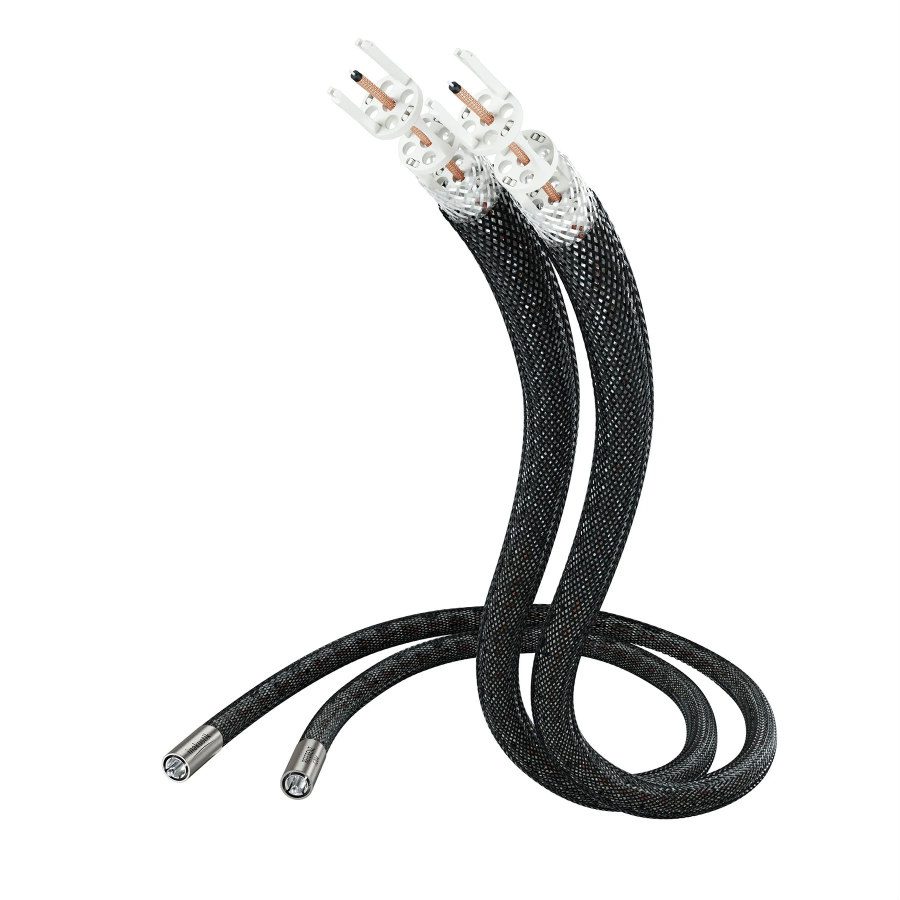
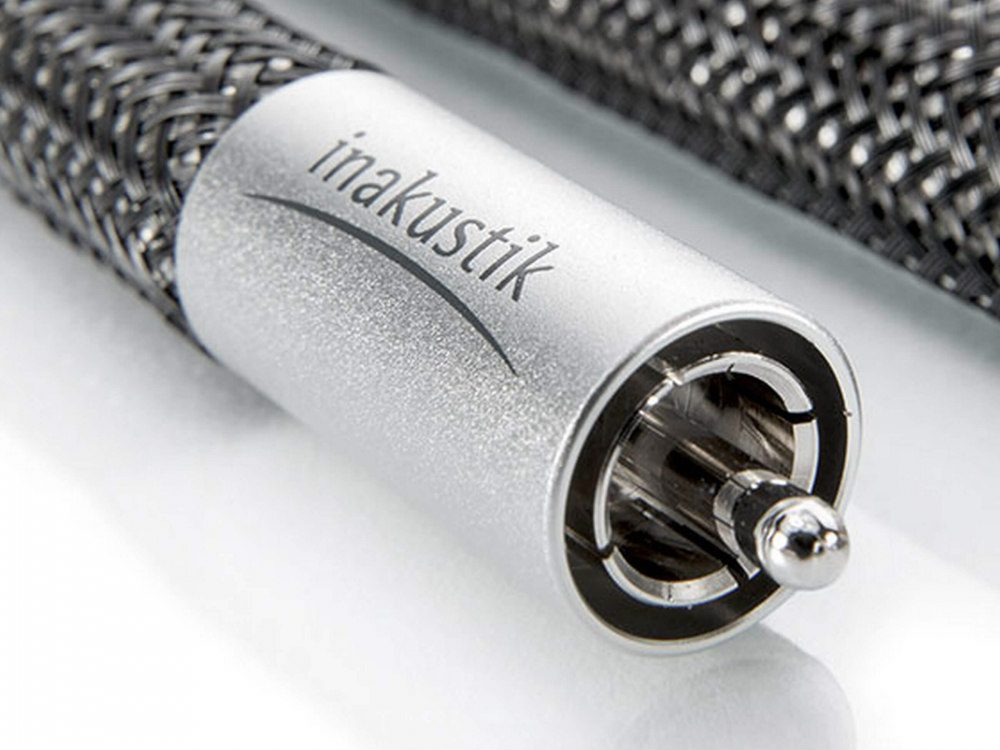

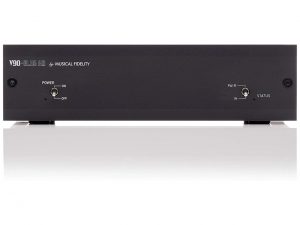
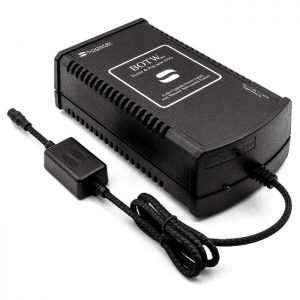
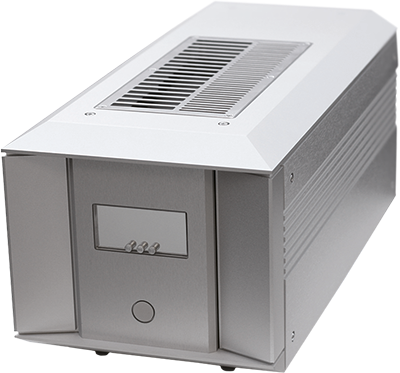
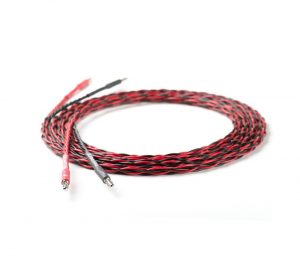
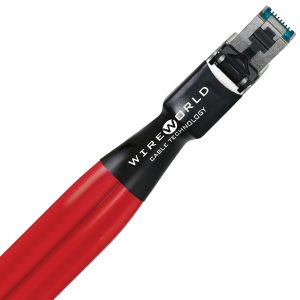




Reviews
There are no reviews yet.